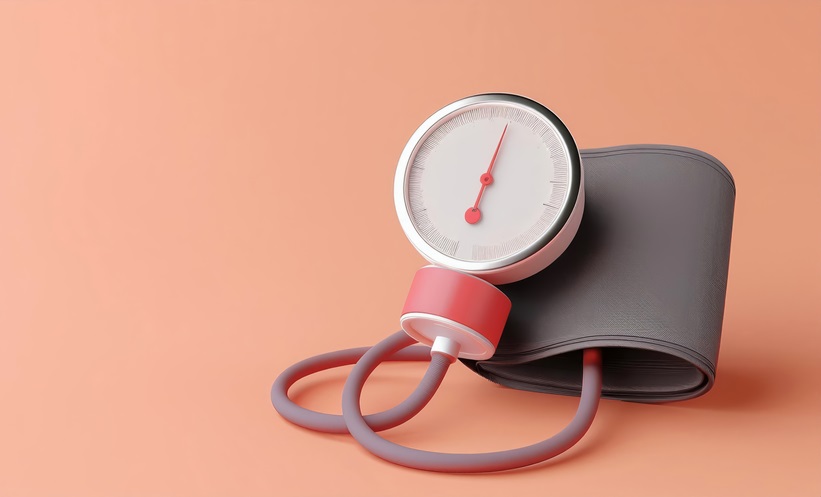INDIVIDUALS with extended periods of sedentary behaviour during childhood exhibited a higher likelihood of experiencing an increase in left ventricular mass as young adults, revealed a longitudinal cohort study presented at the European Society of Cardiology (ESC) Congress 2023.
The analysis included 766 children (55% female) participating in the ALSPAC in the UK who had sedentary time measured by an accelerometer at age 11, 15, and 24 years. Comprehensive cardiac structural assessments were conducted at 17 and 24 years of age.
The study focused on two primary outcomes: left ventricular mass indexed for height2.7 (LVMI2.7) and relative wall thickness, both assessed using echocardiography. At age 11, the average daily sedentary time was 360 minutes for males and 364 minutes for females. By age 15, it had increased to 467 minutes for males and 481 minutes for females. Finally, at age 24, the average sedentary time had further risen to 527 minutes for males and 535 minutes for females. At age 17 and 24 years, LVMI2.7 was consistently higher in males compared with females, with a difference of approximately 4 g/m2.7. However, there was no sex-based difference in relative wall thickness.
In a model that accounted for multiple variables, each additional minute of sedentary time from age 11–24 was associated with an increase in LVMI2.7 from age 17–24 in both the entire cohort (effect estimate: 0.004 g/m2.7; 95% confidence interval: 0.001–0.006; p=0.0020) and among females specifically (effect estimate: 0.009 g/m2.7; 95% confidence interval: 0.005–0.012; p<0.0001). No relationship between increase in sedentary time and changes in relative wall thickness for the total cohort was found.
The findings revealed that sedentary time increased by at least 3 hours during growth from childhood through young adulthood. This increase in sedentary time was strongly associated with increased heart size or enlarged heart. As a result, this may denote a high risk of heart disease later in life. However, the study recommends that engaging in light-intensity physical activity may reverse the worsening effect of sedentary time on the heart.







